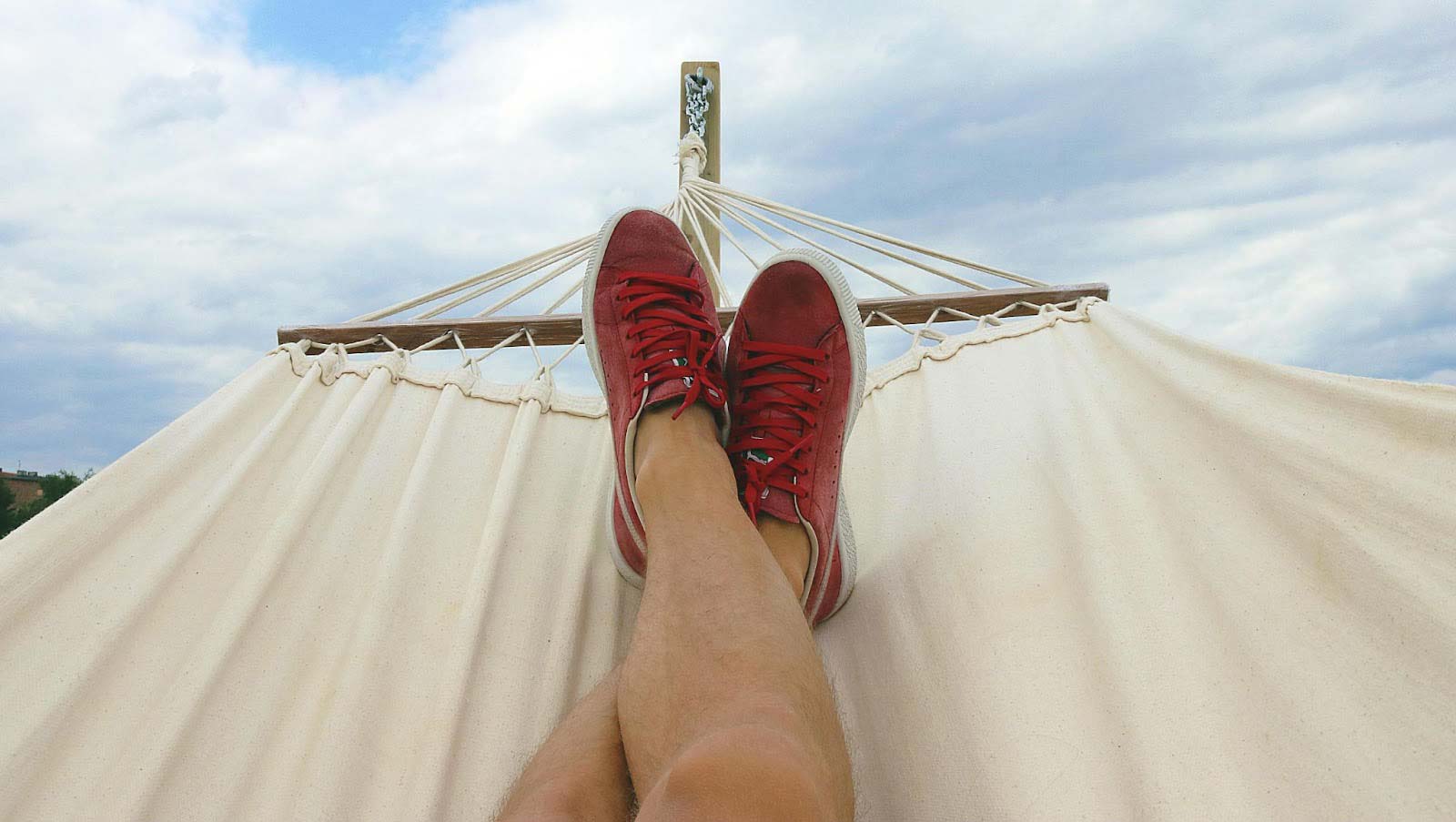Perspectives on Creativity and Pedagogy
A bumper sticker I’ve seen reads: Artwork is work. True. Implying that art is magic that just happens without practice, forethought, or discipline is dishonest. Yet, as Alex Pang argues in his book, Rest, we tend to overemphasize the herculean work routines of famous artists while underemphasizing the role of ‘non-time.’ Art is work, but depth often comes from letting an idea breathe, allowing for uncertainty.
This is all well and good: but how do we create space for non-time? It seems fanciful to imagine working all morning and… taking a nap?! Taking a stroll?! In our hustle culture, we identify with saying we’re busy. Yet, reading artist profiles and histories (of rather productive people, it’s worth noting), it’s hard not to ask about the possible costs of busy-ness to creativity (not to mention well-being).
Given that we already have enough to pack into our semester, how do we give students time and space to let ideas ‘marinate,’ breathe, and be? Often, we assign a piece of work, and we may give feedback on drafts, but then it’s turned in and we move onto the next idea. Still, only showing students the active parts of the creative process seems unhelpful at best, and it risks being intellectually dishonest about the nature and history of creative work. Yet, how do we create room for ideas to breathe in student work, even in the context of a hectic semester?
Interleaving is a learning principle that suggests mixing things up. If we are studying for an art history example, while we might be tempted to study one artist at a time, interleaving suggests we challenge ourselves to literally mix things up and make sense of differences and similarities across artists and works. On a larger scale, rather than seeing work and assignments as units to be finished one at a time, allowing for overlap (granting for the logistical challenges therein) means more opportunities for applying ideas from one assignment to another while also giving work and ideas room to breathe.
Returning to previous work, finished or not, gives us a chance to see how we’ve changed, what new ideas we have, and how we might do things differently (or not). As a musician, I enjoy returning to familiar repertoire partly out of comfort, but I also love noticing new details, hearing nuances that escaped me before, and realizing that my performance is never really ‘finished.’ In giving our work room to breathe, we acknowledge that creativity and productivity are related but distinct ideas. In Rest is Resistance, Tricia Hersey reminds us, “Rest makes us more human,” not just more productive, and it’s this human-ness that serves as the wellspring for creativity.
This is where I’d like to hear from you, dear reader. Are there strategies that work for you as a creative? How could you integrate them into your teaching and mentoring? asmith@pcad.edu



